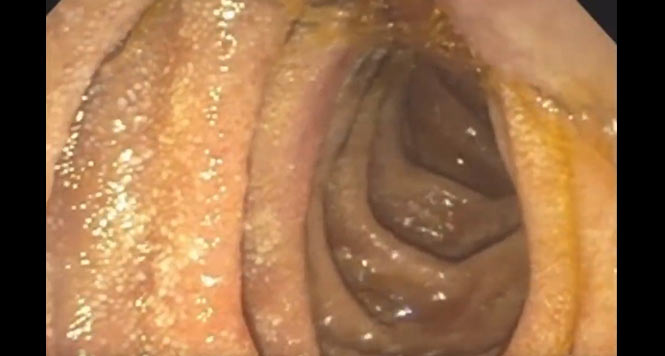Updated Criteria for Prediction of Choledocholithiasis Add Specificity
Bret T. Petersen, MD, MASGE, reviewing Chandran A, et al. Gastrointest Endosc 2020 Nov 4.
A variety of recommendations have been proposed for predicting choledocholithiasis based upon presenting signs, symptoms, initial laboratory studies, and imaging. In this retrospective study, the authors compared the performance of two such guidelines published by the American Society for Gastrointestinal Endoscopy (ASGE) in 2010 and 2019.
Among more than 10,000 ERCPs performed in a 14-hospital system over 7 years, 744 cases were randomly selected from those performed for suspected choledocholithiasis, while excluding those with a prior cholecystectomy or sphincterotomy. Based on the criteria from the two guidelines, patients were categorized preprocedure as low, intermediate, or high risk for findings of duct stones or sludge. Overall, ERCP identified definite stones in 73.1% of patients and stone or sludge in 93.5% of cases. Fewer patients were classified as high risk by the 2019 guideline versus the 2010 guideline (36.8% vs 60.4%; P<.001), and more high-risk patients were found to have definitive stones, according to the 2019 guideline versus the 2010 guideline (82.5% vs 76.2%; P<.001). Overall specificity for stones was greater using the 2019 criteria (76% vs 46.5%; P<.001), yet the positive and negative predictive values were not significantly different between the two guidelines.

COMMENTPast studies have demonstrated greater safety and reduced costs when ERCP is reserved for therapeutic application in patients with a high likelihood of duct stones, as opposed to performance as a diagnostic and potentially therapeutic intervention among those with low to intermediate risk of stones. This study demonstrates the 2019 ASGE guideline has greater specificity for finding stones but has a larger intermediate-risk group for whom EUS, MRCP, or intraoperative cholangiography would be advisable before ERCP. However, the timely availability of alternative imaging and patient morbidity may drive diagnostic and therapeutic pathways in individual patients and environments.
Note to readers: At the time we reviewed this paper, its publisher noted that it was not in final form and that subsequent changes might be made.
CITATION(S)
Chandran A, Rashtak S, Patil P, et al. Comparing diagnostic accuracy of current practice guidelines in predicting choledocholithiasis: outcomes from a large healthcare system comprising both academic and community setting. Gastrointest Endosc 2020 Nov 4. (Epub ahead of print) (https://doi.org/10.1016/j.gie.2020.10.033)


